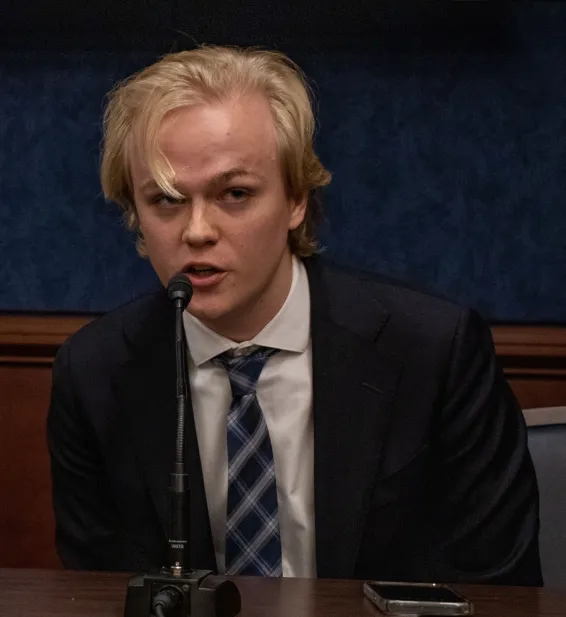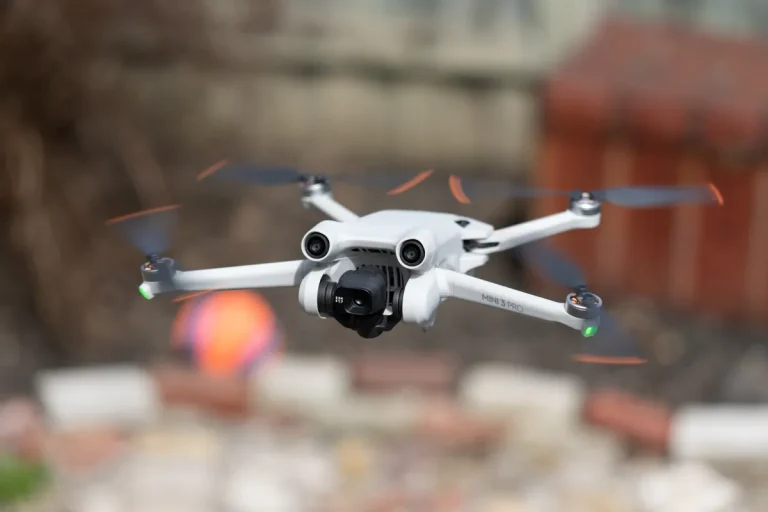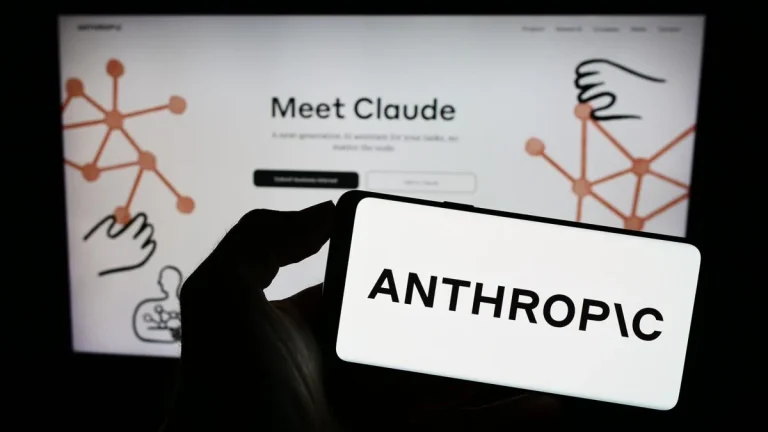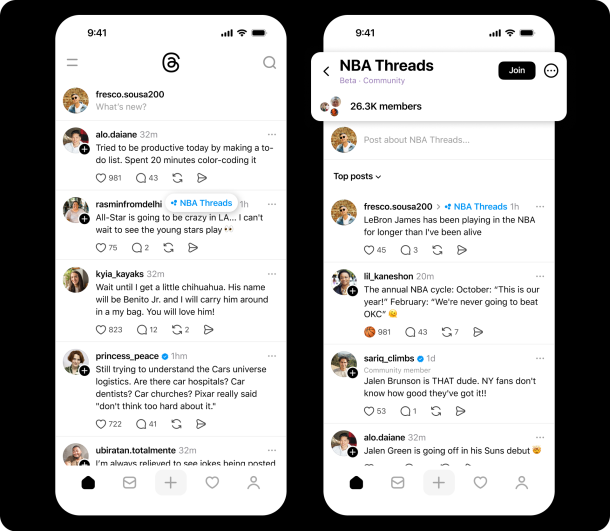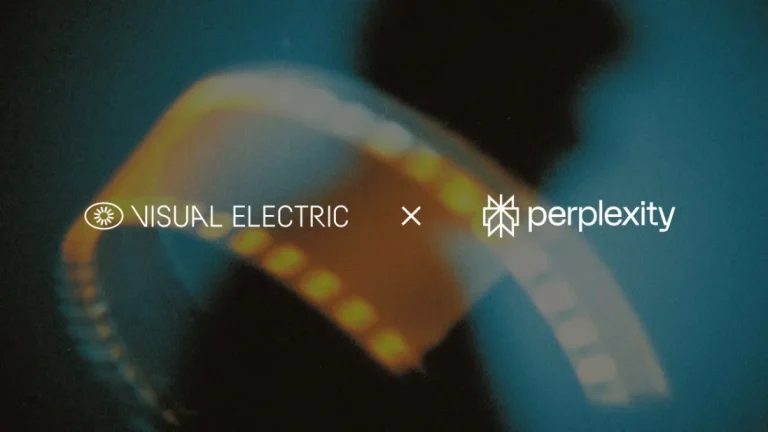
OpenAI, the powerhouse behind ChatGPT, is tightening its internal defenses. The company has confirmed the dismissal of several employees from its insider risk team — the group charged with guarding some of its most valuable digital assets: model weights.
This move comes as the U.S. government doubles down on AI export control through the newly introduced “AI Diffusion Rules.” These regulations restrict the transfer of advanced model weights and require special licenses to prevent leakage to foreign adversaries — especially China. For OpenAI, which operates at the bleeding edge of generative AI, the pressure to safeguard these core assets has never been higher.
Model weights — the mathematical backbone of AI systems — are considered crown jewels in the AI arms race. Once leaked, they can be replicated and deployed instantly, making them an attractive target for hackers, foreign intelligence, and competitors. In this climate, the restructuring of OpenAI’s internal security strategy appears less like a corporate reshuffle and more like a national security pivot.
OpenAI didn’t disclose how many employees were let go or what prompted the firings, but it acknowledged the “evolving threat landscape” as a driving factor. Industry insiders speculate that this may be part of a broader response to mounting regulatory scrutiny and rising geopolitical tensions.
The company’s track record with leaks hasn’t gone unnoticed either. In April, OpenAI dismissed two prominent researchers, Leopold Aschenbrenner and Pavel Izmailov, allegedly over information leaks tied to internal disagreements on AI safety and commercialization. Aschenbrenner had ties to former Chief Scientist Ilya Sutskever and was reportedly linked to efforts to remove CEO Sam Altman.
These developments paint a picture of a company caught between innovation, internal division, and rising global pressure. Critics, including Elon Musk, argue that OpenAI has drifted far from its founding ideals of open research and responsible AI. Musk, once a co-founder, has accused the firm of prioritizing profit and secrecy over safety and transparency — especially as its partnership with Microsoft deepens.
Yet, as OpenAI navigates its role at the intersection of AI innovation, public policy, and national security, secrecy may not be optional — it may be the new standard. With federal eyes watching and the threat of espionage growing, the line between AI leadership and geopolitical asset is blurring fast.
This internal security shake-up could be the start of a new era in AI development — one where the world’s most powerful algorithms are treated not just as intellectual property, but as national defense priorities. Whether this reinforces trust or accelerates dissent remains to be seen. But one thing is clear: in the age of generative AI, the battle for control is no longer just technical — it’s geopolitical.

